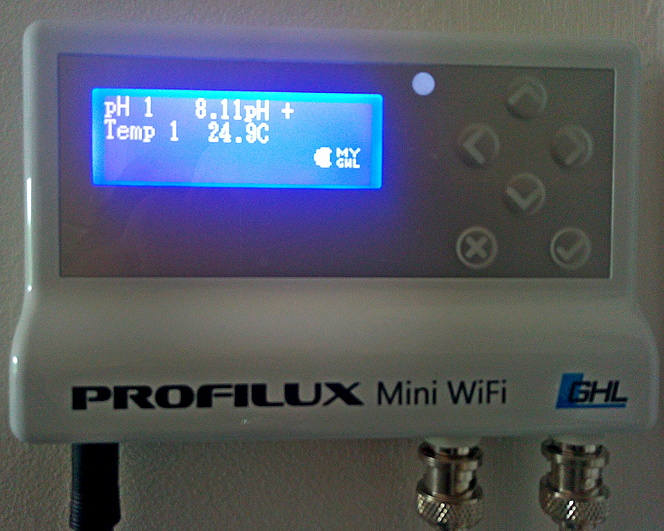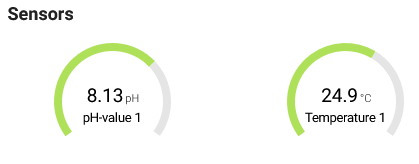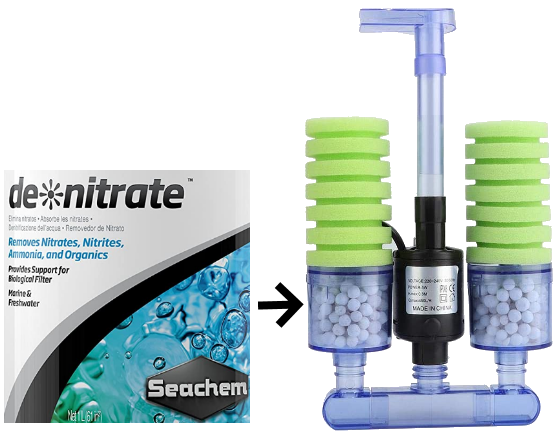The Profilux is mine \o/
So, instead of choosing a Profilux 4 for my two aquariums, I finally bought two Profilux Mini WiFi: it's cheaper and I won't have cables running all over my living room.

For the moment, I have installed only one and here are my first impressions:
- The network configuration of the Profilux Mini is quite painful. Yes, I, the man who juggles with IP and subnets, suffered. The Android application forgot to be user friendly and only those who paid for their box will go through with it. Veni, vidi, vici, passus sum.
- Of course, the pH probe has to be calibrated, and reference liquids are not provided. I still haven't figured out how to display the measurement history but I'm still looking, I hope I'm less stupid than the average person.
- The measurement status display portal is accessible via http on the local server of the Profilux Mini and on the myGHL portal.

But in both cases ... no REST API of course. So I'll have to parse the web page like a pig, and the naughty one weighs 13MB . Who said optimization? - Let's say that the pH probe (after manual calibration) is much more accurate than the 10€ one on Amazon. So my water finally has a pH of 8.13 instead of the 8.8 previously measured. Not very serious, it's in the minimum but still acceptable values for a Tanganyika biotope.
So now I'm going to play with my friends curl, grep and awk to find my hidden pH and temperature values in my web page.
And only when it's working I'll be able to insert all this inside my beautiful Banana Pi dashboard.
As we say in French j'ai du pain sur la planche, which could be translated into I have a lot of work to do.
Stay healthy, stay happy :)
